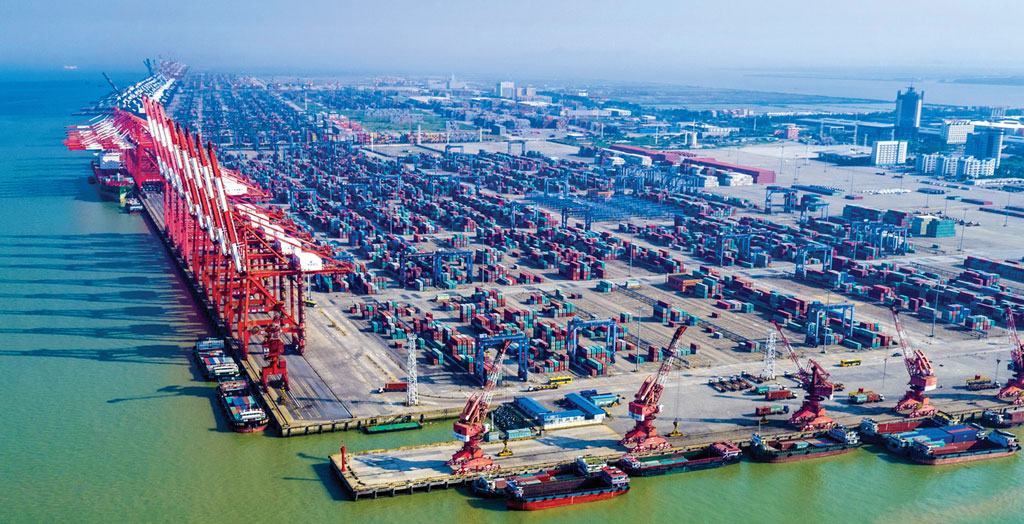
The Port of Guangzhou is a major port in southern China and ranks among the top ports globally in terms of cargo volume. Located in the Pearl River Delta, the port is crucial for both domestic and international trade.
Geographic location: The port is situated at the confluence of the Pearl River, near the South China Sea, and it has access to the Guangzhou metropolitan area and nearby industrial hubs like **Shenzhen** and **Dongguan**.
Strategic role: Guangzhou is a gateway to the **Guangdong-Hong Kong-Macau Greater Bay Area**, one of the most economically dynamic regions in the world.
Natural advantages: Its location near major inland waterways and coastal access gives it easy connectivity to global shipping routes, as well as inland China, serving as a key node for both coastal and river trade.
Global ranking: The Port of Guangzhou is consistently ranked among the top 5 busiest ports in the world by cargo volume.
Throughput: In 2022, the port handled over **23 million TEUs (Twenty-foot Equivalent Units)** of containerized cargo, along with **600 million tons of cargo** overall, including bulk and general cargo.
Facilities: It is divided into **four main port areas**—Nansha, Xinsha, Huangpu, and Inner Harbor. The **Nansha Port Area** is the most modern and busiest terminal, focusing on deep-sea container services.
Domestic and international role: Guangzhou serves both domestic coastal shipping and international trade, with routes connecting it to Asia, the Americas, Europe, and Africa.
Key trading partners: It has strong trade ties with countries in **Southeast Asia**, **the United States**, **Europe**, and **Africa**.
Main commodities:
Exports: Machinery, electronics, textiles, furniture, vehicles, and consumer goods.
Imports: Crude oil, coal, chemicals, agricultural products, and raw materials for China’s manufacturing industry.
Nansha Port Area: The most advanced and fastest-growing section of the port, it features deep-water berths capable of handling the largest container ships and state-of-the-art logistics technology. Nansha has been rapidly expanding to cater to the increase in global shipping demand.
Bulk and breakbulk terminals: The port is well-equipped to handle bulk commodities, including coal, oil, steel, and grain, ensuring efficient movement of raw materials critical to the region’s industrial base.